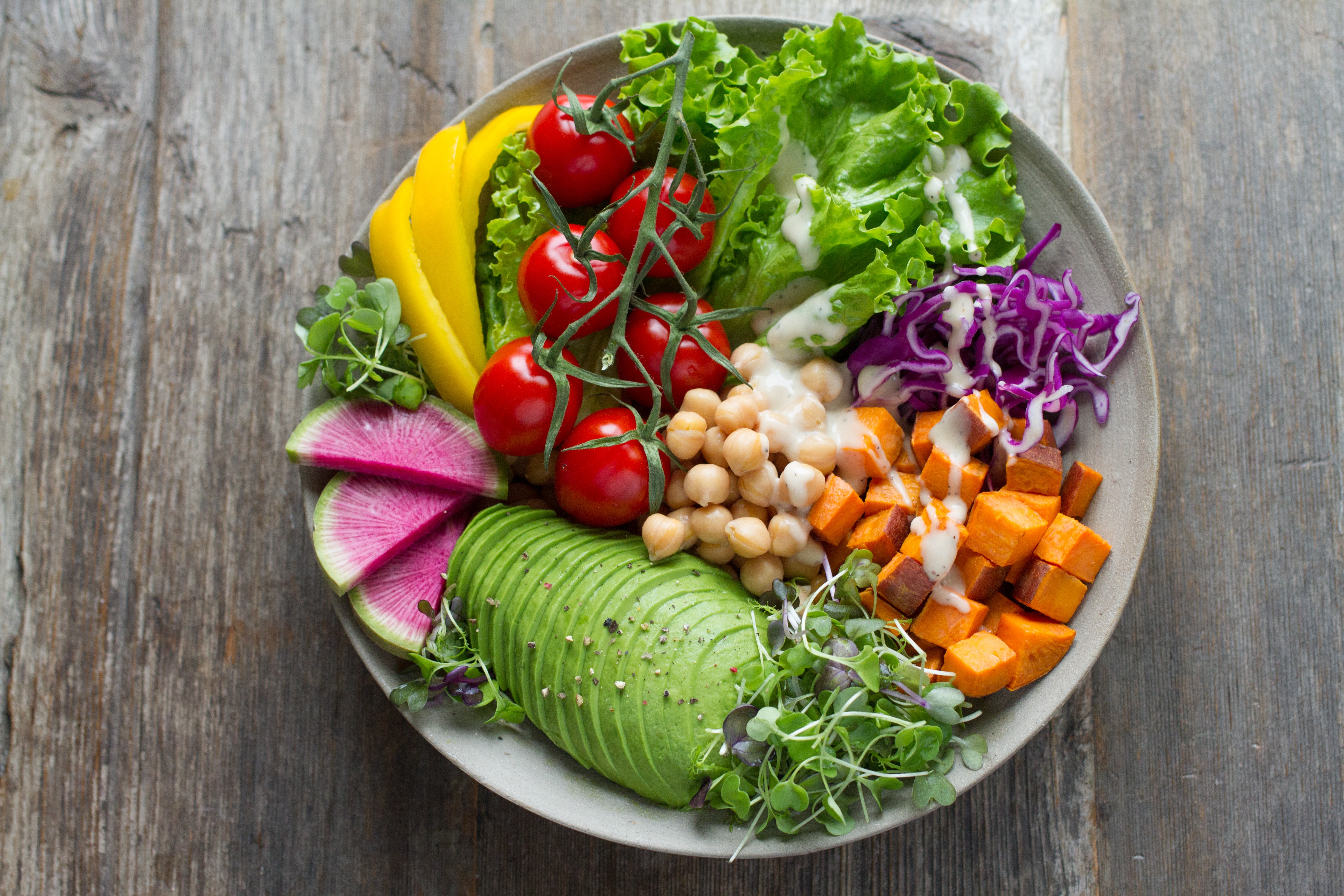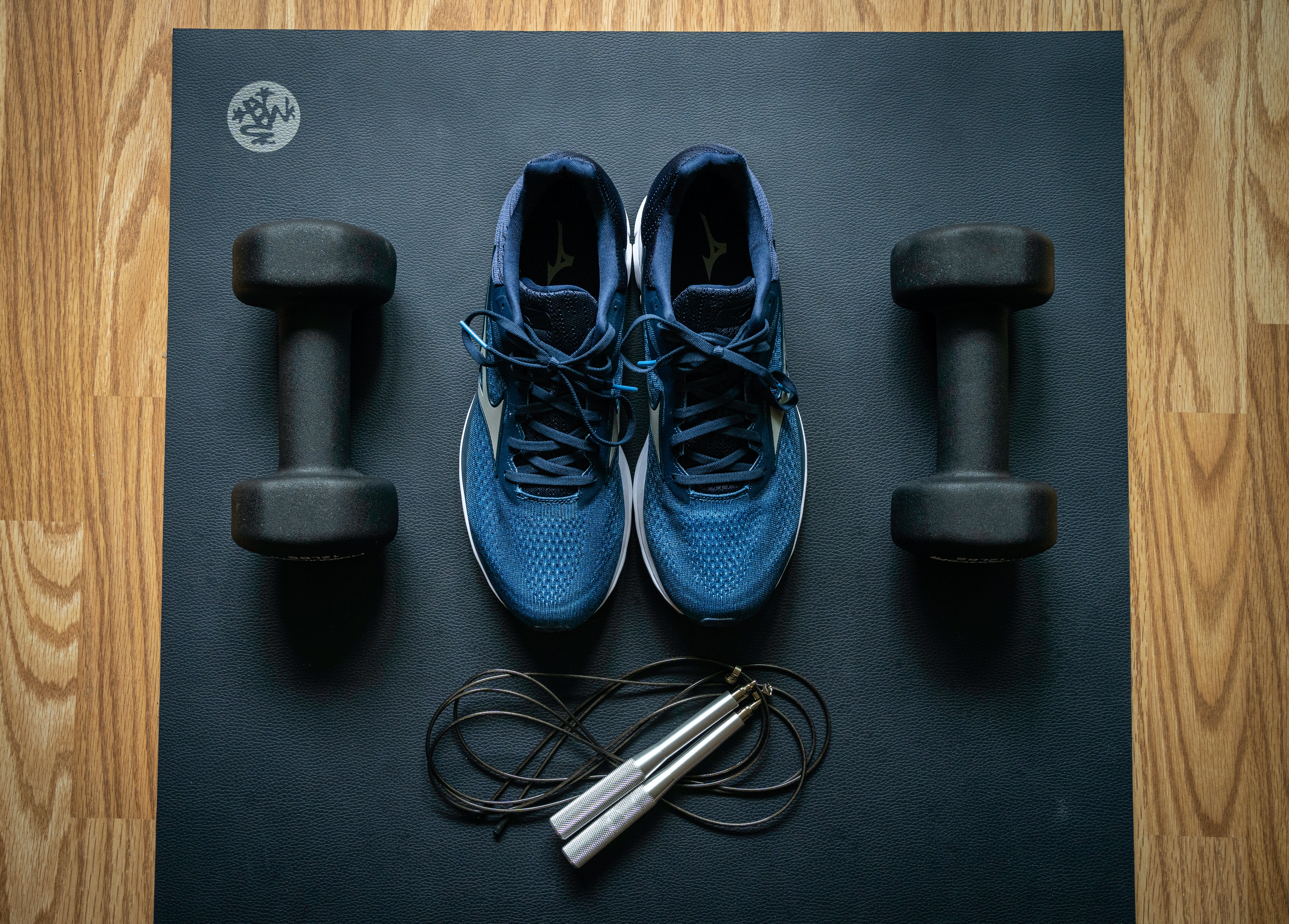 Photo by Alexander Grey
Photo by Alexander Grey
We all love our sugar, whether it be in our morning cups of tea/coffee, cookies, pastries, chocolates, etc. But really, how much is too much?
Sucrose is a carbohydrate and is the chemical name for sugar which is made of two sugars(glucose and fructose)bound together and naturally made and found in all green plants. Therefore, sugars are naturally found in all foods that contain carbohydrates such as fruits, vegetables, dairy, and grains. Our bodies tend to digest these foods slowly and this natural sugar in them offers a steady source of energy to body cells.
Then we have “added sugar” which is sugar that food manufactures add to products to enhance flavor and also shelf life. This includes things like flavored yogurts, soft drinks, cakes, candies, cookies, soups, breads, ketchup, and most processed foods. Added sugar in foods is also what we add while cooking or baking.
There was a recent study published in The BMJ which analyzed several studies of different types and concluded “High dietary sugar consumption is generally more harmful than beneficial for health, especially in cardiometabolic disease. Reducing the consumption of free sugars or added sugars to below 25 g/day (approximately 6 teaspoons/day) and limiting the consumption of sugar sweetened beverages to less than one serving/week (approximately 200-355 mL/week) are recommended to reduce the adverse effect of sugars on health.”
It was found that high consumption of added sugar was associated with negative health effects such as obesity, diabetes, heart disease, stroke, gout, high blood pressure, dental caries, high cholesterol just to name a few.
The American Heart Association suggests that women consume no more than 100 calories (about 6 teaspoons or 24 grams) and men no more than 150 calories (about 9 teaspoons or 36 grams) of added sugar per day.
What can you do to limit added sugar?
- read food labels to be aware of how much added sugar is in foods you are buying
- try to decrease your sugar intake in beverages such as tea and coffee
- for those of you with a sweet tooth-smaller portions of your beloved desserts and less often, start incorporating more fruit in your diet which has natural sugar
- swap out the soda with unsweetened drinks(a 12 oz soda can has about 36 grams of sugar)
- avoid or reduce intake of sauces like ketchup or sweet chili sauce(look into using alternatives for flavoring such as herbs or lemon)
- change sugary cereals to healthier ones and start adding fruit and nuts to your cereal
- cook at home so you know what is in your food
 Photo by Joanna Kosinska
Photo by Joanna Kosinska Photo by
Photo by  Photo by
Photo by  Photo by
Photo by  Photo by
Photo by  Photo by
Photo by  Photo by
Photo by